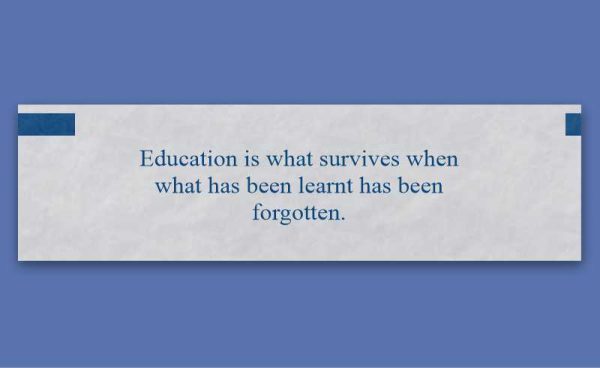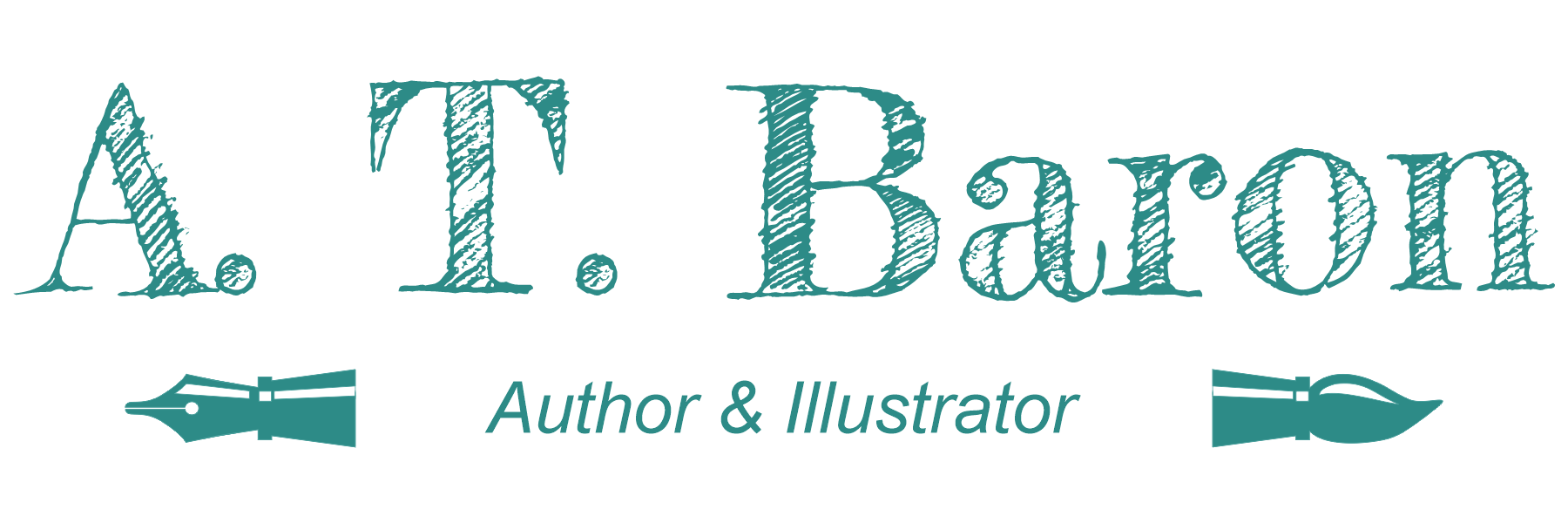Fortune Cookie Friday: Learning For The Sake Of Learning
Behavioral reinforcement can be a powerful tool, whether it be positive or negative. It strengthens a particular behavior and has been used by psychologists, coaches, parents, pet owners, and even governments. The idea that a little “way to go” or “you’ll be sorry” can get us results is impressive.
Teachers have used reinforcement for decades to help their students learn fundamentals and processes. But there is more to teaching than covering any one subject. A great instructor can teach students to want to know more; reinforcement can help.

Today’s fortune is a quote from American psychologist B.F. Skinner (1904-1990). Known for his impact on behaviorism, he contributed much to the field of psychology. He created inventions, such as the Skinner Box and the Cumulative Recorder, and coined the term “operant conditioning” for his learning theory.
Operant conditioning happens when a stimulus leads to a behavior, which in turn leads to a consequence. This type of three-step conditioning involves reinforcers and can be both positive and negative. There are primary, secondary, and generalized reinforcers, but there is no need to delve deep into psychology today.
With operant conditioning, we start with a stimulus, such as saying “sit” to a dog. This leads to the behavior of the dog sitting—if it is trained to do so. We follow this up with a treat or a pat on the head as the reinforcer.
But just as a teacher can teach a subject, if we don’t encourage students to enjoy learning and critical thinking, they essentially perform a trick—repeating whatever they were taught without thought.
So how do we teach someone to enjoy learning? How do we get them to think for themselves?

We can solve the first question right off the bat. Learning is a natural human tendency and something we do from the moment we are born. But beyond that, it’s best to start the training when the student is very young.
Children’s minds are very malleable sponges. We can use that to our benefit when teaching skills that can help them in the future. Another characteristic we can take advantage of is their questioning the world around them and obsession to ask “why?” When a child asks why, try not to stifle that. I’ll get into more on this in a moment.
There were many times my children brought home rudimentary crayon drawings from kindergarten. Granted, they were no Monet or Degas, but pictures were displayed on the refrigerator or wall like masterpieces.
That simple accolade elicited my children’s beaming smiles of pride, and they bought home even more pictures. It didn’t take long for my walls to runneth over, and I had to teach them to be picky about what we put up.

Making them decide which picture they liked best took the simple conditioning to a different level of behavior. As opposed to responding for a reward, they needed to look critically at their work and make a choice—why they should choose one picture over another.
Pausing the reward response to ask why helps them look deeper into a subject, themselves, and gets them comfortable with delayed gratification—all critical lessons for maturity.
This new aspect also taught them to be humble. Not every picture they drew was worth its place on the wall, and they learned they wouldn’t get unearned praise. Of course, I still gave them lots of hugs because I love them.
Our learning doesn’t stop when we become adults. As we get older, we may need help remembering things. When we’ve forgotten a fact or task from years ago, many of us will refresh our memories by looking it up. The knowledge may answer various questions for various reasons.
What ingredients are in French toast? I want to make a yummy breakfast.
How do I create a formula in Excel? I want to calculate this column.
And, of course, what’s the name of the artist singing the song I just heard? I won’t sleep until I know.
In each of these situations, we are fulfilling the need to regain that information, but the mind will delve more deeply for information than for an instant answer in our humdrum world. This happens partly because our brains are hardwired for novelty—new things intrigue us.

Novelty stimulates our brain to make dopamine. Known as the feel-good neurotransmitter, dopamine also boosts motivation and attention. This same mechanism motivates children to ask so many questions—everything is new to them. So you see, we were born to learn, but our desire for immediate gratification can stifle that.
When we search for answers and aren’t rushed for a quick fix, it motivates us to learn more about the subjects. We can find different recipes for a meal, learn multiple ways to run a program, or hear new works by other artists.
This same premise works in the classroom too. An instructor could stand there and spout information needed for a test, but that would be boring. Great teachers encourage students to ask questions, engage in conversations, and allow a little novelty to motivate the student’s learning.
Like seeing the world through a child’s eyes, we make the act of learning the reward. It’s as if we created a positive feedback loop for knowledge. Uncontrolled, this can lead us down a rabbit hole, but with some restraint, we are happily rewarded not with just the answers but more compelling questions. We continue digging and revel in all the treasures we find—learning for the sake of learning.




